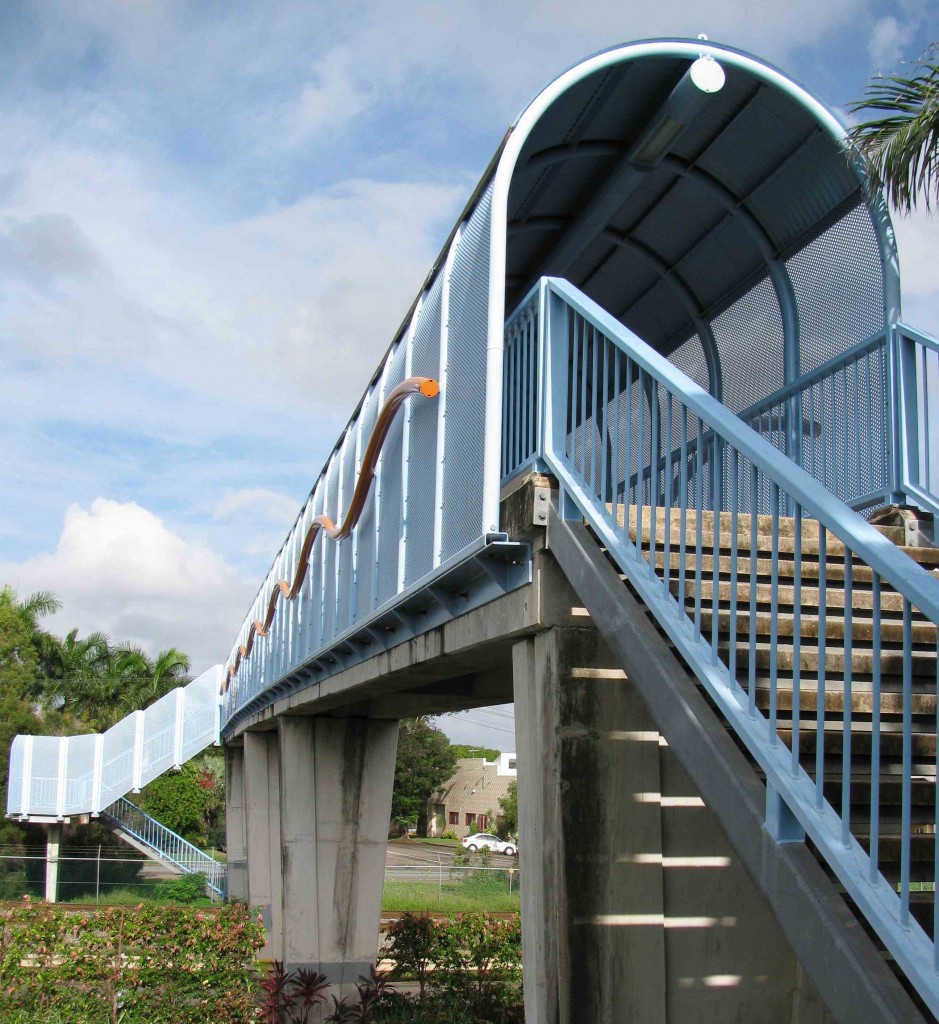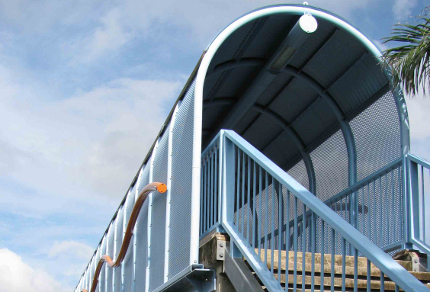Again, possum racket woke me in the night, and I wondered, Where is that python when we need it? The dawn air was soupy, the sun’s incipient rising a faint coral smear in the east. Members of the dawn chorus – peaceful doves, magpies, golden-headed cisticolas – crooned, gronked, and buzzed out their breeding messages of territoriality and desire. With two weeks having passed since our arrival in Australia, I felt as though I was slowly adapting to the climate. My limbs stretched, and my lungs expanded with more ease as I ran and walked through Bicentennial Park and then past the Townsville Golf Club. Needing to add a little time before I retraced my steps, I continued on past the club and noticed a ‘For Lease’ sign propped against a wood fence overhung by a thick wall of palms. I caught a quick glimpse of the house in passing – a single-story cement-brick building in a well-vegetated yard – and mentioned it to Vilis on my return to the house.
Even though we had put in an application for the Webster Street maisonette yesterday, we decided to check out the house. On viewing it, we were pleased with the bright rooms, abundant storage space, secluded yard, and modest rent. We put in an application before noon, and five hours later were informed our application had been accepted. We laughed because we’d found a home when we weren’t really even looking. For days, a week at least, we had been so focused on the Webster Street unit, and here I had spotted this house purely by serendipity. I felt a little like Marjorie Courtenay-Latimer, who went down to a South African dock just to wish an accommodating fishing captain and his crew a Happy Christmas, only to find the trawler had pulled in a coelacanth, a 5-foot, blue, bone-plated fish with limb-like fins that was thought to have been extinct for tens of millions of years.1

Rail & Street Overpass in Railway Estate (© Magi Nams)
After supper, Vilis and I walked as far as the blue pedestrian overpass over the railway tracks and Railway Avenue, then decided to check out the overpass before heading home. From its far end, we suddenly realaized that the overpass offered a spectacular treetop-level view of black flying foxes cruising past en route to their feeding trees. Some flew directly at us before banking sharply and skimming over the canopies of palms and an umbrella tree just beyond the overpass exit. We clearly saw their eyes and elongated muzzles, the thick fur on their chunky bodies, and the sweeping, dark skin membranes of their wings. Purely by serendipity, we had discovered a fantastic spot to view black flying foxes in flight in Townsville.
From the overpass exit, we heard a noisy ruckus and followed it to a tree near the Catholic Church of St. Francis Xavier. Flying foxes circled around us, swept above our heads, and flapped past us to land in the densely-crowned tree, where they screeched and yowled among the leaves as they squabbled for food. “They sound like a cross between a seagull and a cat,” Vilis remarked as we stood in the darkness with bats flying all around us. Then we strolled home with the evening air warm and sweetly gentle on our faces, captivated by this foreign, intriguing city of Townsville.
Reference:
1. Sean B. Carroll. Into the Jungle: Great Adventures in the Search for Evolution. 2009. Pearson Education Inc., San Francisco, pp. 133-135.


